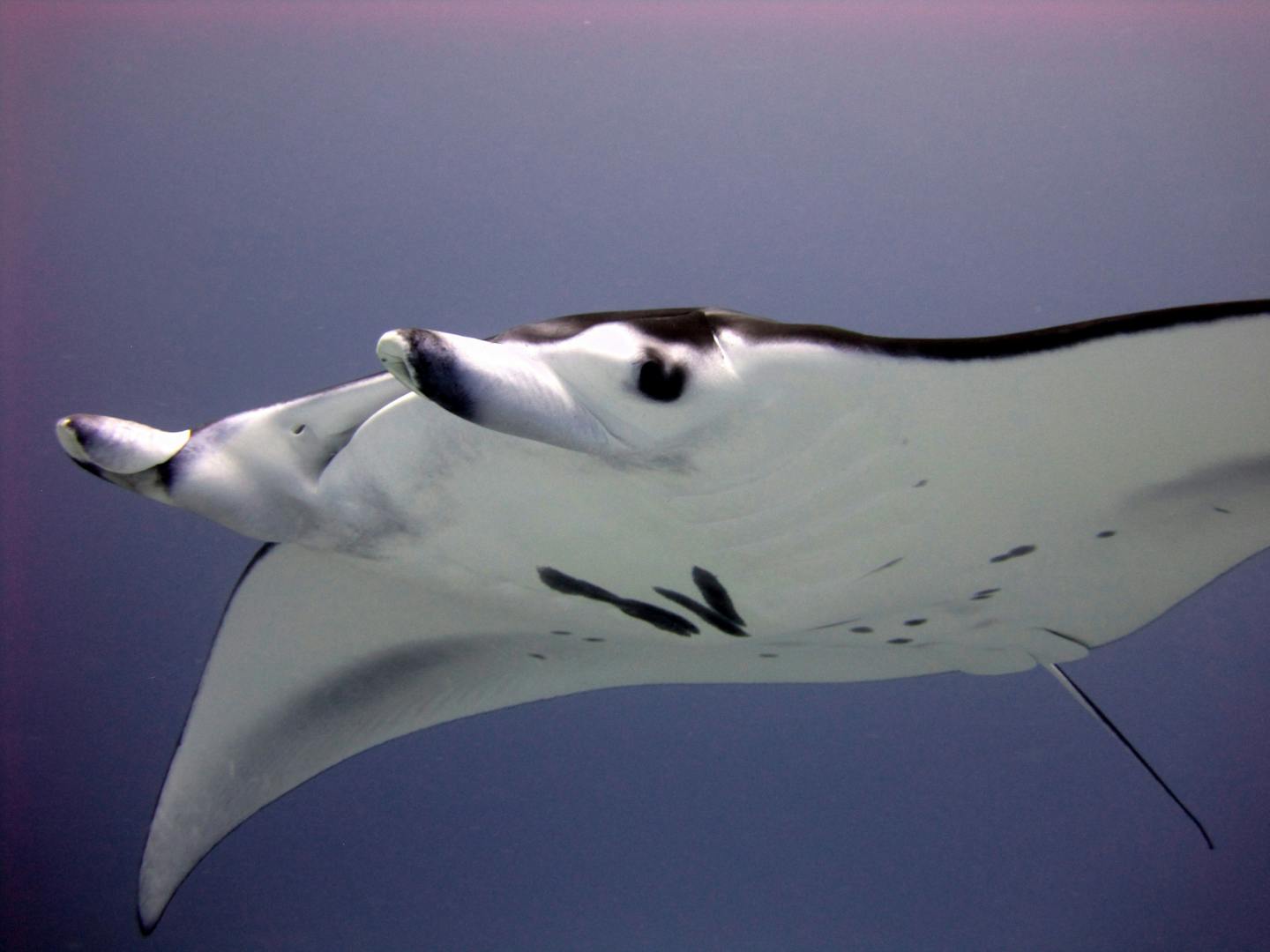Working for the protection of sharks and rays
The world’s oceans are home to an estimated 1,250 species of sharks, skates, and rays. These elasmobranchs play an integral role in the functioning of a healthy marine ecosystem by regulating behavioral patterns of prey species and food webs, ensuring a healthy balance in the predator-prey relationship that allows underwater ecosystems to thrive. Despite their ecological importance, however, a recent study by the International Union for Conservation of Nature’s Shark Specialist Group found that nearly one quarter of all shark and ray species are threatened with extinction due to overfishing and more than 100 million sharks are killed each year.
These elasmobranchs have slow maturation rates, making them vulnerable to overexploitation as they cannot reproduce at a rate fast enough to keep pace with current harvest levels. In addition to inadequate management, weak enforcement, and loose international trade regulations, the demand for shark fin soup, a delicacy in China, and traditional medicines, often in the form of a ray’s gills, are pushing these charismatic animals to the brink.
Recognizing that the current scale of conservation efforts and investments for shark and ray species do not match the level of crisis and urgency, the Leonardo DiCaprio Foundation helped form the Shark Conservation Fund (SCF), along with the Helmsley Charitable Trust, Oceans 5, Paul M. Angell Foundation, and Vulcan Philanthropies. This philanthropic collaborative, launched in 2016, focuses on halting the overexploitation of the world’s sharks and rays, reversing declines, restoring populations, and preventing extinctions.
SCF recognizes that major investments are needed in conservation science, policy, advocacy, communications, and capacity-building to reduce mortality of sharks and rays and ensure their recovery and sustainable management. Since its launch, SCF has awarded over 11 grants totaling more than $2.5M in locations around the world to the following projects:
· Developing a National Plan of Action and calling for a global shark finning ban in Liberia (Environmental Justice Foundation)
· Improving the legal and regulatory frameworks for CITES-listed shark and ray populations in Malaysia (Sabah Shark Protection Association)
· Ensuring relevant and comprehensive policies are in place to regulate the trade in, and fishing of, rays in Indonesia, Sri Lanka, and Peru (The Manta Trust)
· Modifying existing gear, introducing new gear types, and developing a regional database to inform the Pakistani government on progress (World Wildlife Fund)
· Reducing pressure on shark and ray species in Indonesia through the development of national policy, regulatory, and institutional frameworks (Wildlife Conservation Society)
· Creating evidence-based national roadmaps for shark and ray conservation that are based on best available science to achieve wide national ownership in the target countries in Madagascar, Kenya, and Tanzania (Wildlife Conservation Society)
· Identifying lessons learned from past and present marine protected area designations to develop spatially explicit models that enable prediction of where marine predicted areas will be most useful in achieving conservation outcomes (James Cook University)
· Advocating for the adoption of new catch limits and better management of existing catch limits at the regional fishery management organization level in the Atlantic and Mediterranean (The Ocean Foundation)
· Conducting consumer behavior surveys to understand the key drivers behind products like shark fin soup in Hong Kong, China, Taiwan, and Singapore (ADM Capitol Foundation)
· Implementing the 2013 and 2016 listings of sharks and rays on Appendix II of the Convention on International Trade in Endangered Species of Wild Fauna and Flora through regional workshops in Sri Lanka and Senegal (Pew Charitable Trust)
· Establishing the first transboundary swimway in the Eastern Tropical Pacific to protect migratory corridors of sharks, turtles, and other marine wildlife that migrate between Costa Rica’s Cocos Island and the Galapagos (Forever Costa Rica)
To learn more about each of these projects, click here:
https://www.leonardodicaprio.org/projects/shark-conservation-fund

